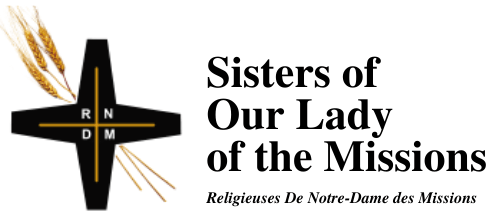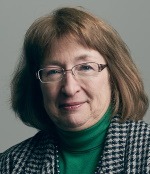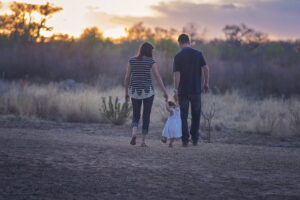Genesis 12: 1-4a; Psalm 33 (RM) or 121 (RCL); 2 Timothy 1: 8b-10 (RM) or Romans 4: 1-5, 13-17 (RCL); Matthew 17: 1-9 (RM) or John 3: 1-17 (alt. in the RCL).
Have you ever heard yourself, or someone else, say something like, “My idea of heaven is….?” Or perhaps it was the other way around: a little girl I took care of, once declared, “If there are vegetables in heaven, I’m not going!”
My idea of heaven would be riding the rails in Switzerland, gazing up from the train window at magnificent, craggy mountains and down on charming villages, a glass of wine in one hand and a bagful of Swiss chocolate in the other … no, forget the wine, just lots of chocolate…
There is something primal about mountains. It’s a common theme in the religious imagination of ancient peoples. In Egyptian mythology the mountain of creation rises out of the primeval waters, and there the god Re lives. In Canaanite religion the gods Ba’al and El lived on the sacred mountain. The Roman sun god Mithras was born on the mountaintop, attended by shepherds. Mountains were holy places because they rose up toward the infinity of space, and provided an isolated setting for the awe-full encounter with the Divine.
And of course, for the Hebrew people Mount Sinai was where Moses received the tablets of the Law that defined how they were to live as people of the covenant. The prophet Elijah was taken up to heaven on a chariot from the mountain; in popular belief he would return some day from the sky, from the East.
All of this forms the unspoken-but-well-understood meaning-frame of the story of Jesus’ Transfiguration on the mountain. In Hebrew legend neither Moses nor Elijah actually died. Both prophets still lived on in the divine sphere. And in this moment, Jesus himself became a luminous entity, a Being of unapproachable light, in conversation with the ancient but living prophets. Jesus is flanked on either side by these holy figures, much as he will be flanked on either side by condemned thieves at his crucifixion. While we have no way of knowing historically what happened, clearly this story relates a powerful religious experience, both for Jesus and for his closest friends
His friends are practically paralyzed in terror. Peter starts babbling incoherently about setting up tents where they can all stay overnight, as was the custom at the feast of Sukkoth. They experience a thundering voice from a cloud proclaiming “This is my beloved son … listen to him!”
Then, when they look up, Moses and Elijah have disappeared. Only Jesus in his earthly human form is left, standing before them, reassuring them, “Do not fear.” The vision has dissipated, but Jesus remains. His last journey on earth is still ahead of them – toward Jerusalem, toward death.
Elsewhere we read that Jesus said, “I am the light of the world.” Jesus’ words echo this mystical experience on the mountain, both as a description and a promise. He didn’t say, “I bring light” or “I shed light,” but “I am light.”
Jesus gave his friends a vision of divine light, holy brilliance, to keep secretly in their hearts as they walked the rest of the way toward a terrifying mystery that Jesus apparently knew was coming, but his friends did not. And just maybe, Jesus finds ways to give us light in our own lives when we most need it. Sometimes we have to look hard. Sometimes the light radiates from the people around us, in what they do or say, or how they live. In 2 Peter there’s an eloquent urging: “Pay attention to it, as you would to a lamp shining in a dark (in Greek, “murky”) place, until the day dawns and the morning star rises in your hearts.”
Christ is light. And we are called, each in our own life circumstances and our own relationships, to be light for others. In the words of the U.S. Poet Laureate, a young woman named Amanda Gorman,
“There is always light, if we are brave enough to see it. If we are brave enough to be it.”
© Susan K. Roll
Susan Roll retired from the Faculty of Theology at Saint Paul University, Ottawa, in 2018, where she served as Director of the Sophia Research Centre. Her research and publications are centred in the fields of liturgy, sacraments, and feminist theology. She holds a Ph.D. from the Catholic University of Leuven (Louvain), Belgium, and has been involved with international academic societies in liturgy and theology, as well as university chaplaincy, Indigenous ministry and church reform projects.





May we each and all be transfigured – on this day, on this mountain, in this light. May we be “brave enough to see it … brave enough to be it.”